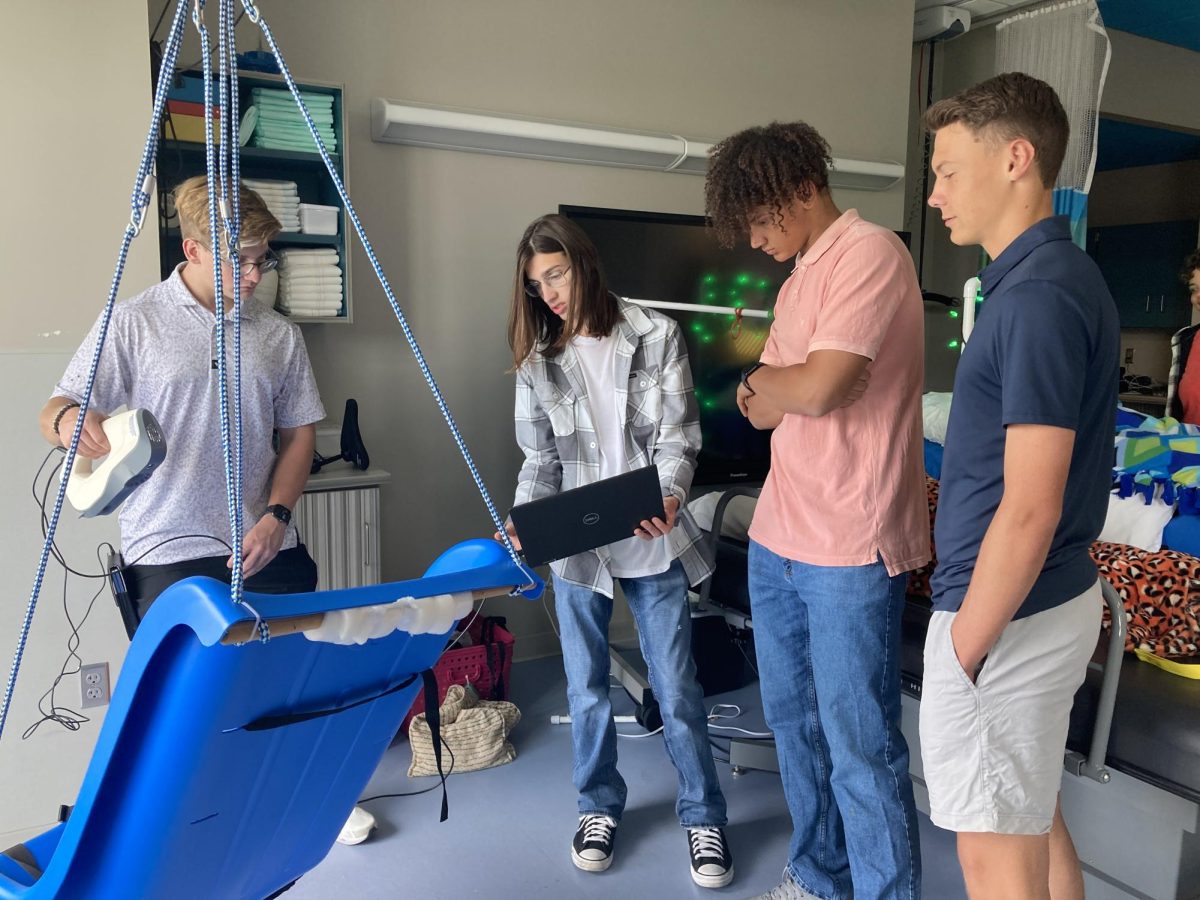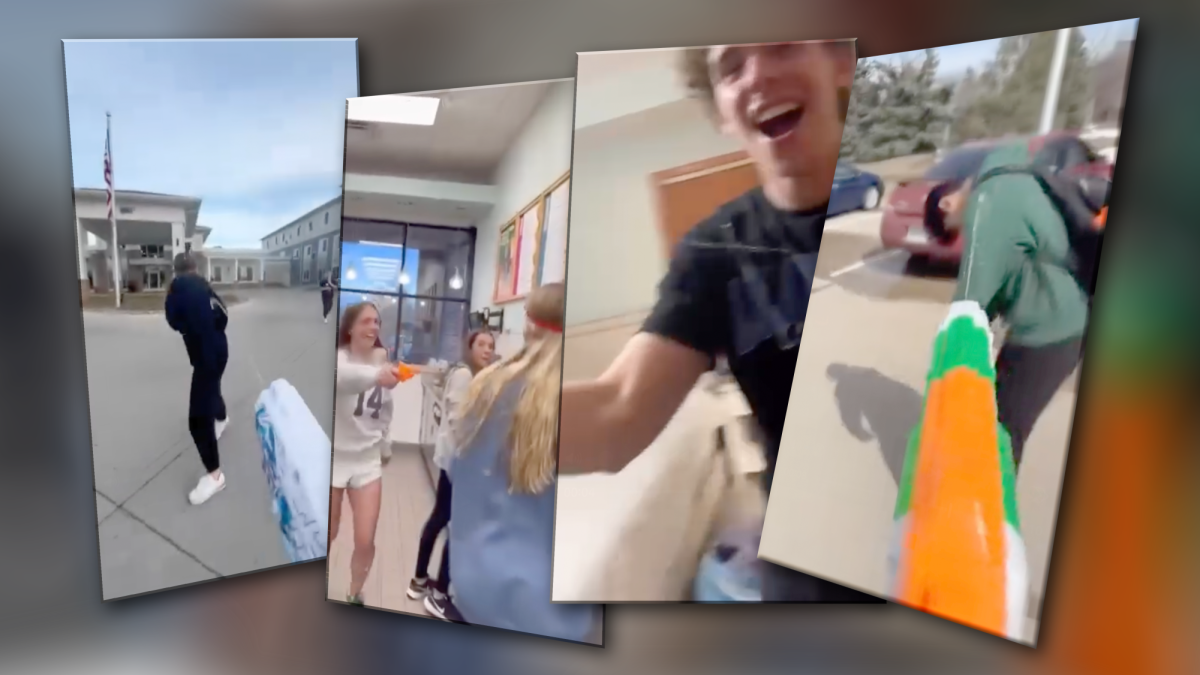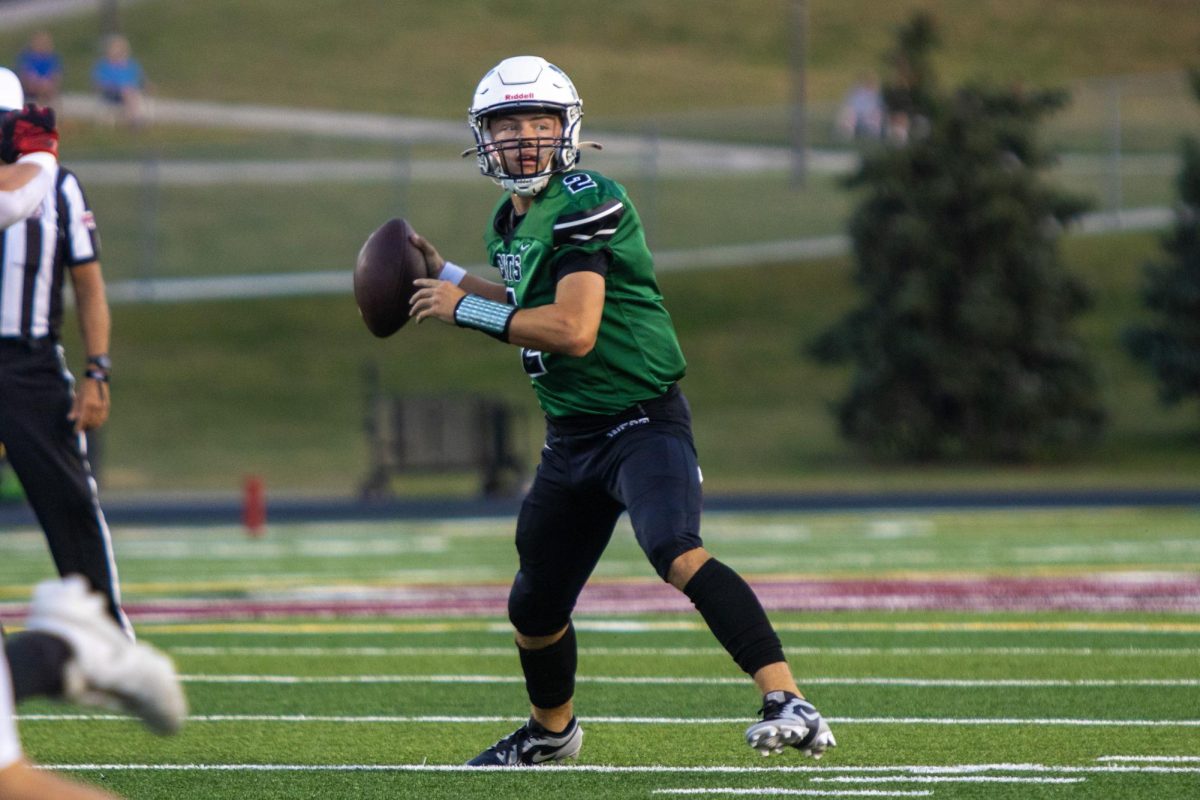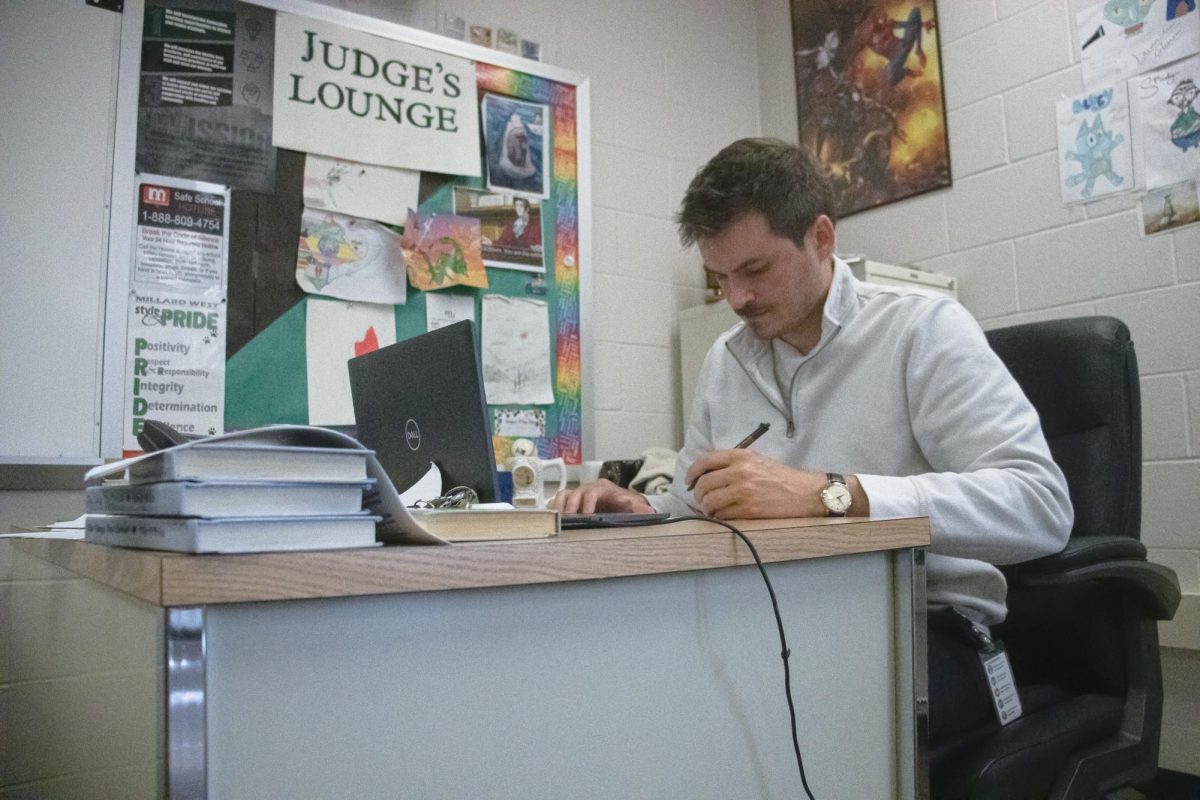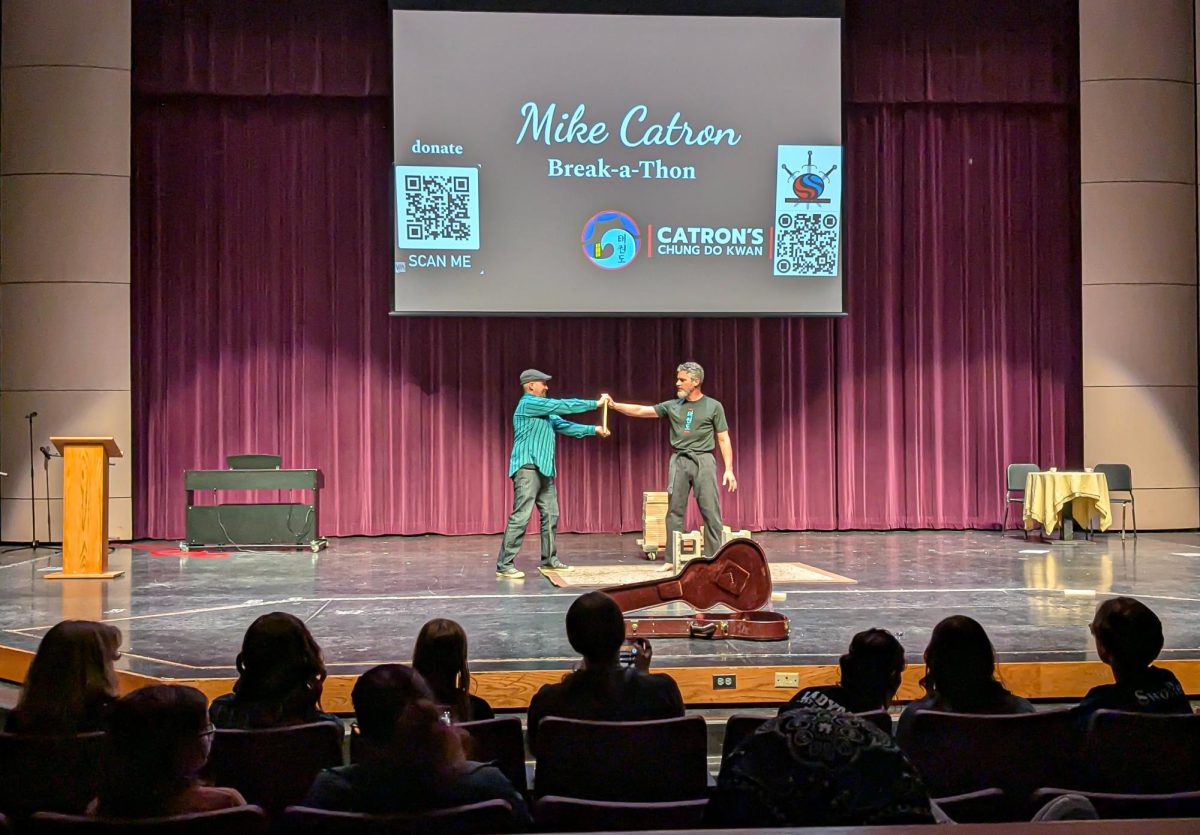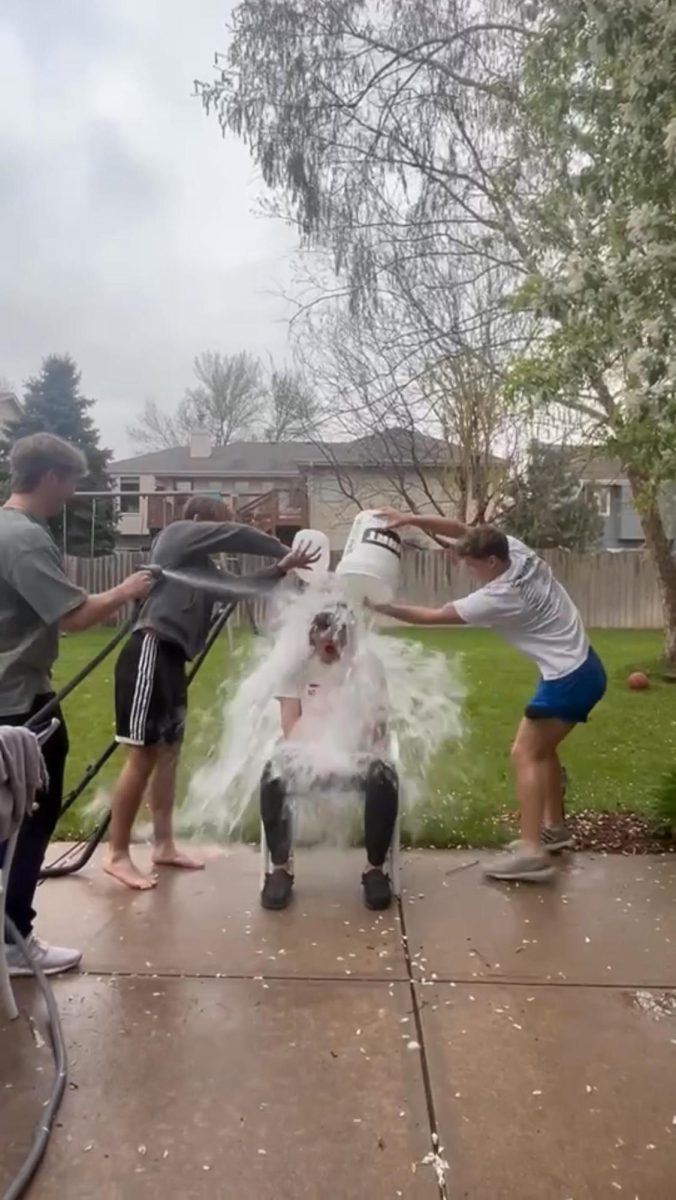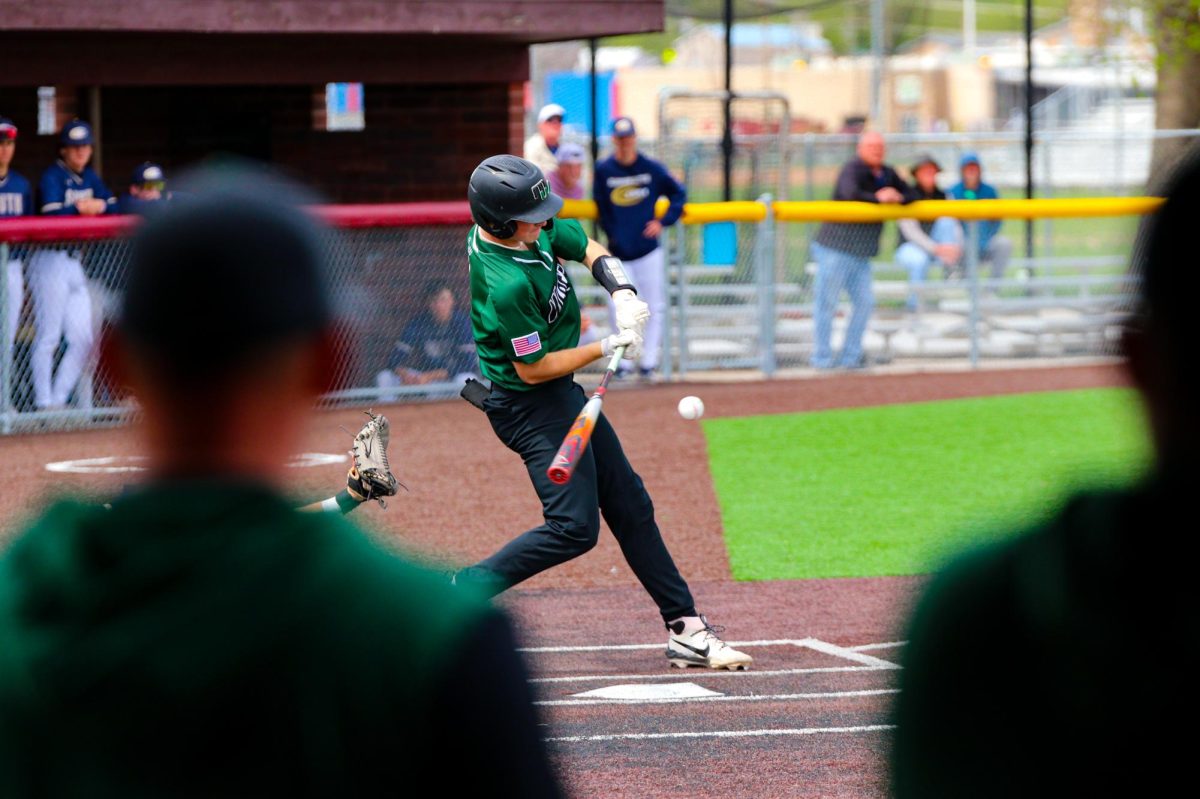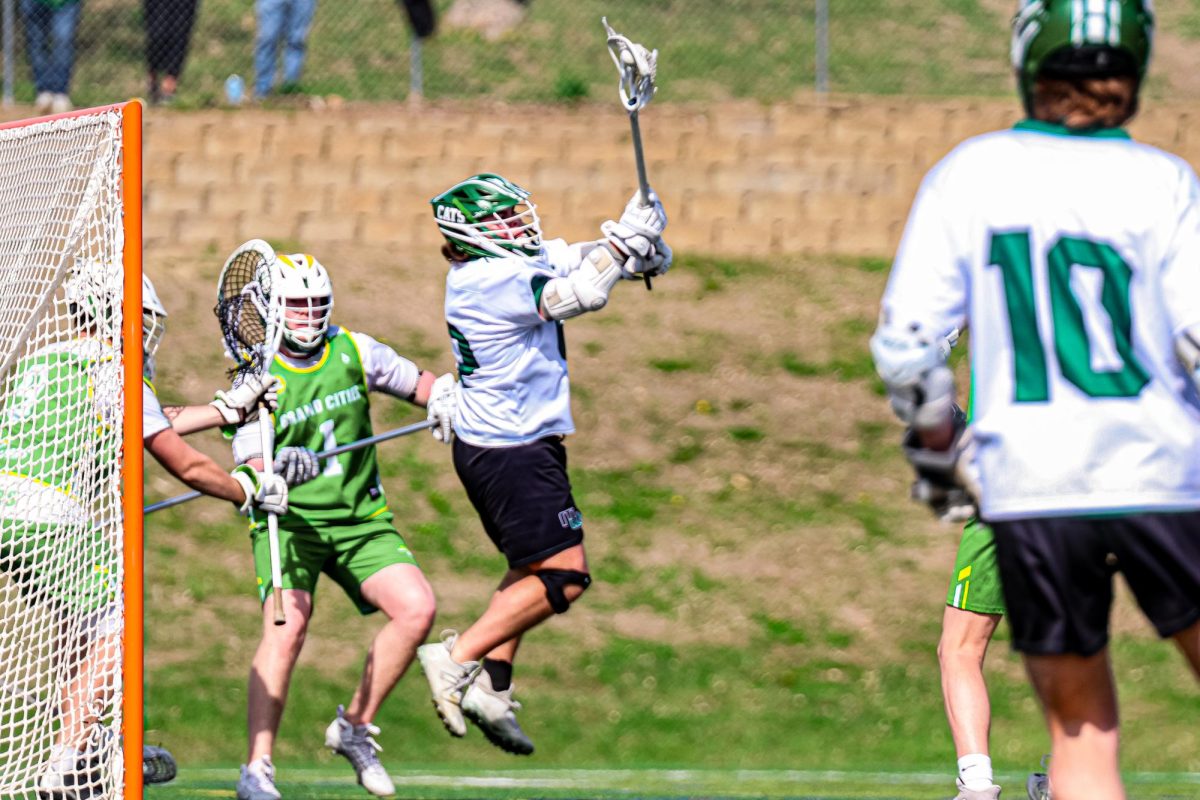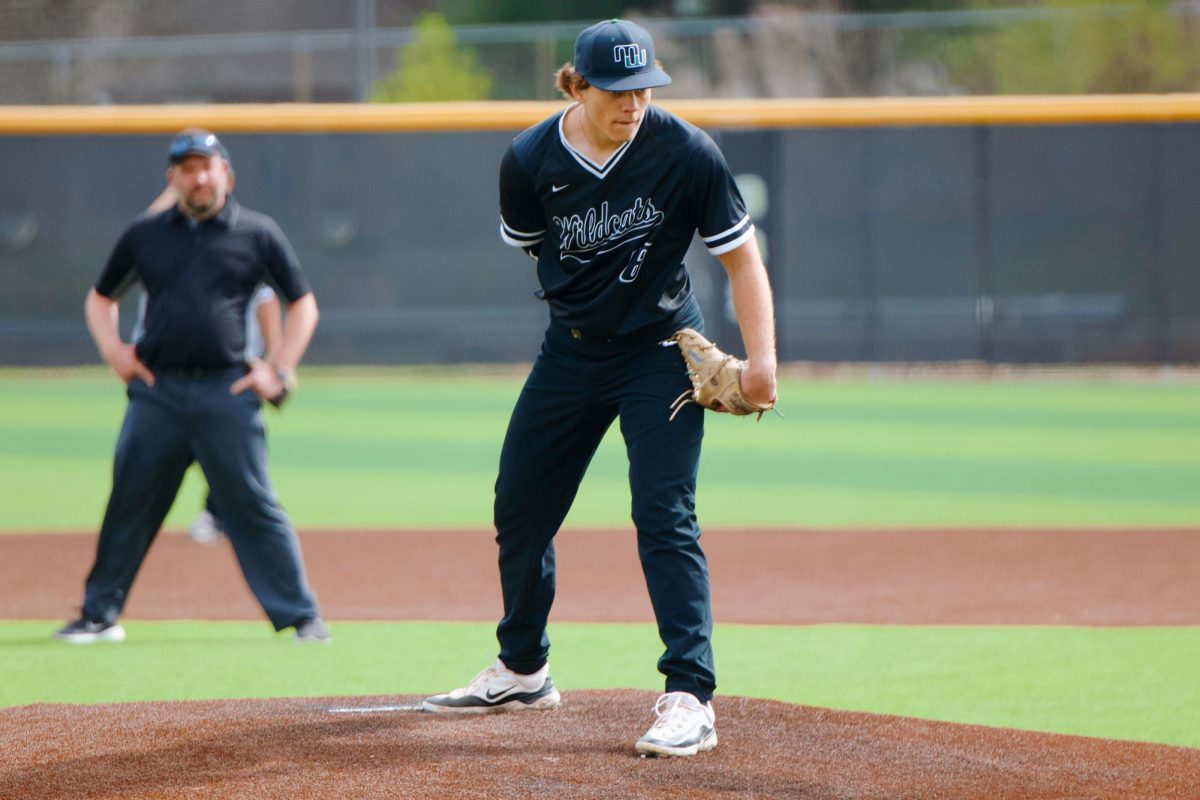For the second year in a row, students in STEM Academy are defying the odds, introducing a new world of adaptive equipment for J.P. Lord; a school that specializes in multi-handicapped and medically fragile students. Students at this school may also suffer from hearing, vision, speech and motor impairments, which are taken care of by on-staff nurses, therapists and special education teachers.
Being a part of the STEM Academy, students visit J.P. Lord at a minimum of once a month. While present at the school, students communicate with the staff about the necessities they need when working with multi-handicapped individuals. Both the problems and solutions depend on each kid, as the students at J.P. Lord are all unique in their own way.
“J.P. Lord is such a rare thing to find, there is nothing like this school in any other part of America,” STEM teacher Tyler Berzina said. “In most cases, students go from kindergarten, all the way until they turn 21 years old because their disabilities are very extreme. My wife has worked there for the past 25 years, so when searching for an AP Capstone project that would engineer a meaningful experience, this was a clear focus point.”
Engineering this adaptive equipment is an all-year objective that students work on every day. A growing concern for J.P. Lord is that their methods of collaboration aren’t translating to their students. To help with that, various techniques of speech and communication are factored into play with help from Speech teacher Jennifer Priest. While crossing speech and STEM classes, academy students document their observations of students who are primarily non-verbal and ways to challenge that.
“Most of our STEM students have not had experience communicating with someone who is non-verbal, so this has been a great learning experience for them,” Priest said. “Academy students have brought various devices (pictures, music, artifacts from home, etc.) for J.P. Lord students to see, touch, and listen to. STEM students observe how J.P. Lord students take in their devices, react to the devices, and try to communicate non-verbally about seeing these devices. I think these observations have made our students more comfortable around severely handicapped students who have difficulty communicating. This has helped students figure out various ways to communicate when the J.P. Lord students cannot answer back or reciprocate communication.”
Teachers at J.P. Lord have stated that after the STEM students left, their students were much more relaxed and easygoing when they could have someone new communicating and interacting with them.
So far this school year, students in STEM have created a soccer goal that lights up and has sound, adaptive holders for crayons, wheelchair attachments for water bottles, and right now, they are working on a swing stabilizer for sensory purposes. To help with visualization, students have also worked to create decorative window art.
“Making these projects has been a real full circle moment; when first hearing what we would be doing, I didn’t think it would affect me or my classmates in the way it has,” senior Andrew Johnson said. “After being at the school, I know that my classmate’s and I’s research, documentation and inventions are helping J.P. Lord for the better. All of the problems that we are solving or have solved have been brought up by the teachers and have likely been problems for a very long time.”
Striving to create a world of innovative yet affirmative inventions is something that the STEM academy never shies away from doing. Assisting multi-handicapped students has given them a taste of what working in the future looks like, while also introducing them to disabilities among their peers. With this assignment, students will advance their knowledge of what it takes to become the engineers of the future.

